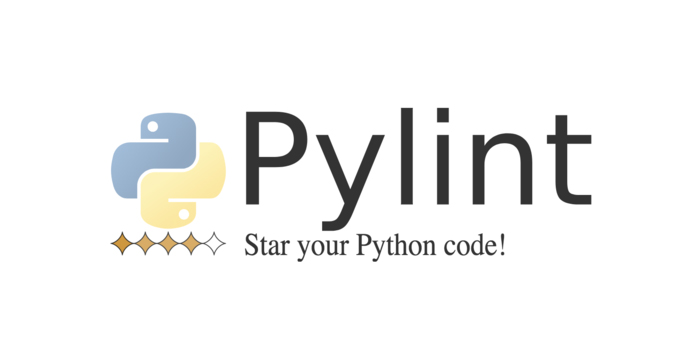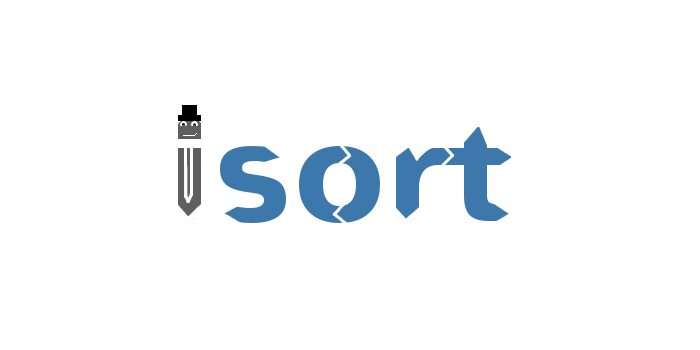
Nov
Boost your code using these 7 Python Libraries!
Nowadays most of the organizations as well as applications come up with maintainable Python codes. But anyways codes need to be maintaining a consistent style and testing standards. Since this is going to be the essential part of decreasing the maintenance burden, ensuring that future developers are able to quickly grok what’s happening in a new-to-them project and securing the health of the app over time.
One of the best ways to safeguard your future maintainability of a project is to use external libraries to check your code health for you. These are a few of libraries for linting code, enforcing a consistent style, and ensuring acceptable test coverage as a project reaches maturity.
Coding Style makes a great impact!
PEP 8 is a Python code style guide, and it helps with things like line length, indentation, multi-line expressions, and naming conventions. The major objective of any code style guide is to reinforce consistent standards across a codebase to make it more readable, and thus more maintainable. Here are three libraries to further prettify your code.
- Pylint

Pylint is one of the Python libraries which checks for common errors similar to PEP 8 style. This app integrates with most of the modest editors and IDE’s. Moreover, it can also run through the Command line.
You can install by using the command, run pip install pylint.
If you need to use Pylint with Command line, follow run pylint [options] path/to/dir or pylint [options] path/to/module.py. Pylint will output warnings on style violations and other errors to the console.
You can use pylintrc to configure your errors with the inbuilt configuration file.
- Flake 8
Flake 8 is a Python tool which brings together PEP8, Pyflakes (which is similar to Pylint), McCabe (code complexity checker), and third-party plugins to check the style and quality of some Python code.
To make use of Flake8, run pip install flake8. Then run flake8 [options] path/to/dir or flake8 [options] path/to/module.py to view the errors and warnings.
Similar to Pylint, Flake8 too permits customization using the configuration file. It comes up with a clear docs, which also includes some useful commit hooks to automatically check your code as part of your development workflow.
In addition to Pylint, Flake also integrates with all types of Editors and IDE’s out there. In order to integrate Flake with your favourite editor, you can search for plugins online.
- Isort
Isort is a library which sorts alphabetically and breaks them into various sections. For example, standard library imports, third-party library imports, imports from your own project, etc. This, in turn, increases the readability and makes it simpler to locate imports if you have a lot of them in your module.

To install Isort, use the command pip install isort, and run it with isort path/to/module.py. You can find a list of options in Documentation. Consider, you need to configure how isort handles multi-line imports from one library using the command .isort.cfg file.
Outsource your code
Here are three libraries which reformat your code into something that passes PEP 8 for you. The following libraries have different levels of customization and different defaults for how they format code. While, some of these are more opinionated than others, as like with Pylint and Flake8, you will want to test these out to see which offers the customizations.
- Auto Pep 8
Auto Pep 8 formats the module in the format which you specify. It will help you in re-indenting lines, fix indentation, remove extraneous whitespace, and refactor common comparison mistakes. You can go through the corrections in the documentation.
To install Auto pep 8, run pip install –upgrade autopep8. To reformat your code in place, run autopep8 –in-place –aggressive –aggressive <filename>. The aggressive flags (and the number of them) indicate how much control you need to give autopep8 over your code style.
- Yapf
This is yet another optional library meant for formatting the code which comes with the list of Configuration options. The major difference between yapf and Auto Pep is that Yapf doesn’t just address PEP 8 violations. Added, it also reformats the code which does not violate PEP 8 specifically but isn’t styled consistently or could be formatted properly for readability.
Install Yapf using the command pip install yapf. To reformat your code, run, yapf [options] path/to/dir or yapf [options] path/to/module.py.
- Black
Black is one of the python libraries which allows the block for linters that reformat code in place. It is similar to autopep8 and Yapf, but way more opinionated. It has very few options for customization. The point is that you shouldn’t have to make decisions about code style.
Black is a new library which requires Python 3.6+ but can format Python 2 code. To use, run pip install black. To modify your code, run: black path/to/dir or black path/to/module.py.
Check your test coverage
In order to test your coverage, there is a python library called Coverage.
- Coverage
Coverage comes up with several options as a way it reports the coverage to the user which includes outputting results to the console or to an HTML page and indicating which line numbers are missing test coverage.
To install, run pip install coverage. To run a program and view its output, run coverage run [path/to/module.py] [args], and you will see your program’s output. To view the report of which lines of code are missing coverage, run coverage report -m.


Comments